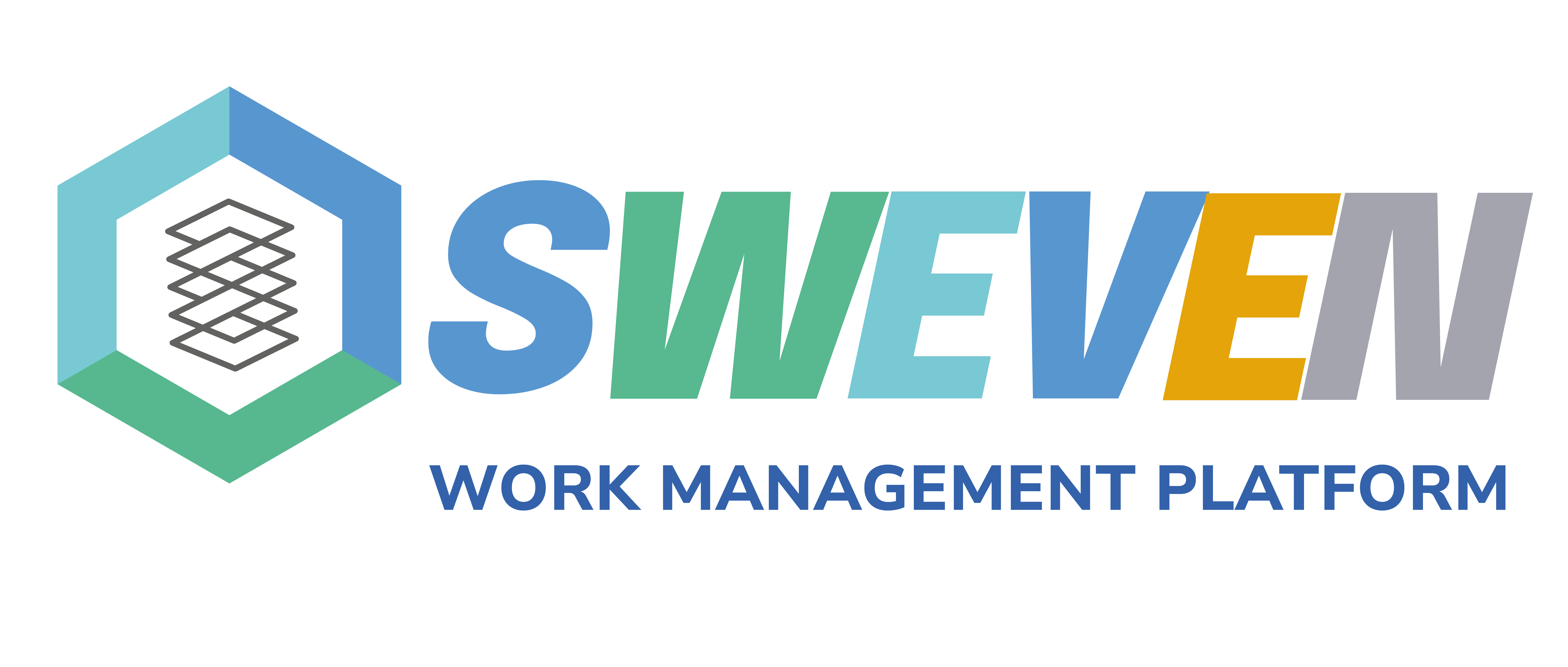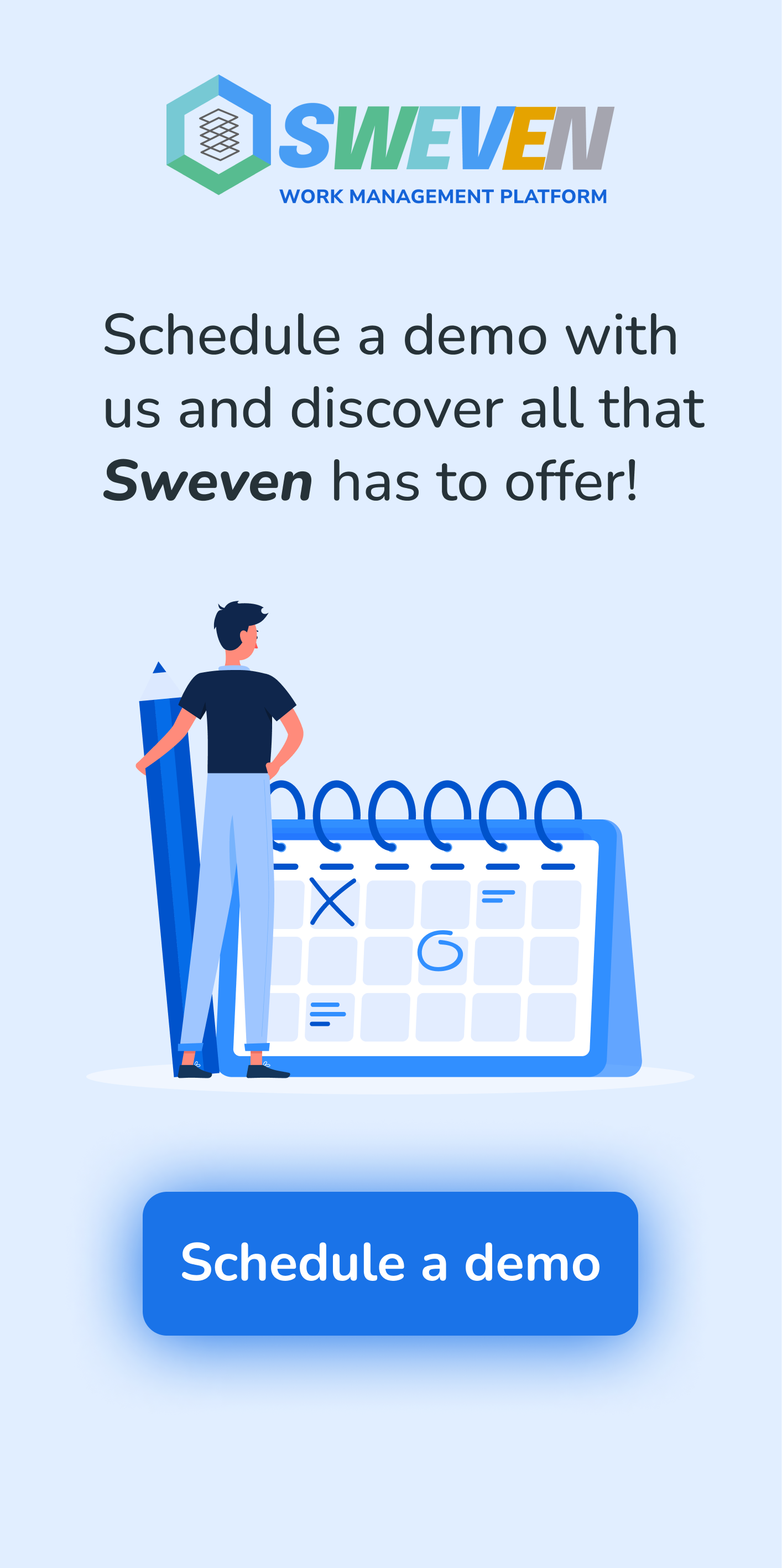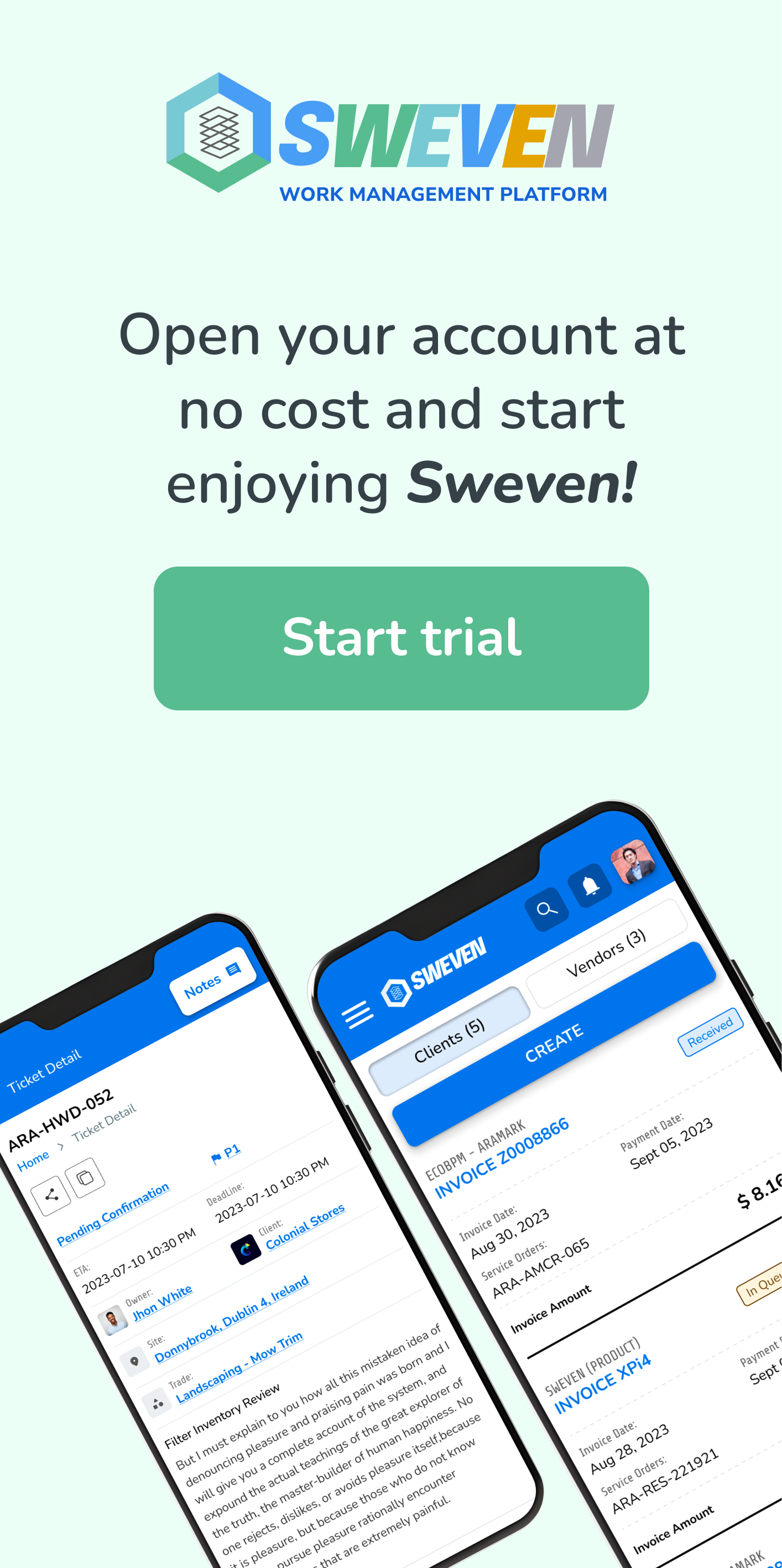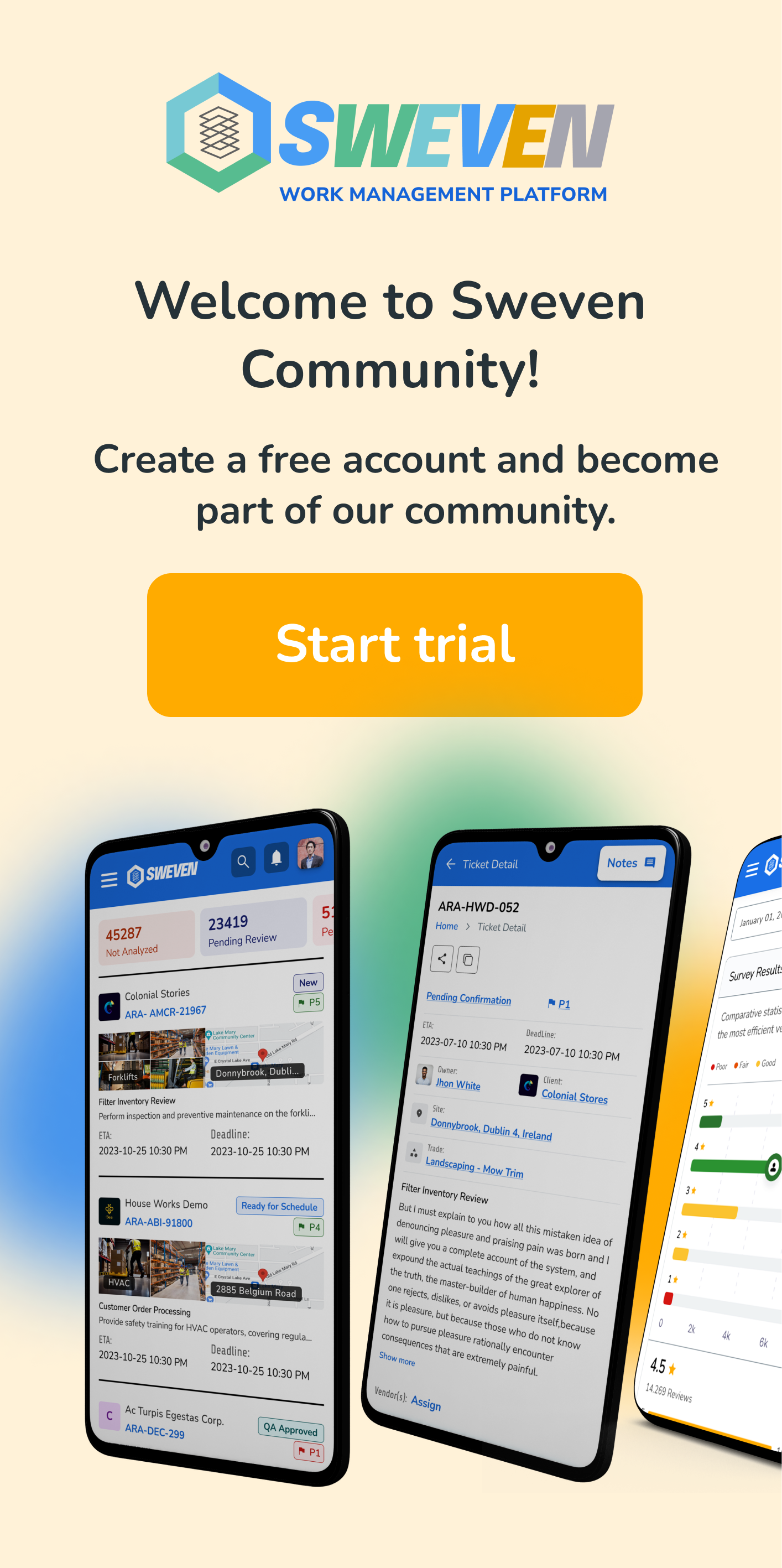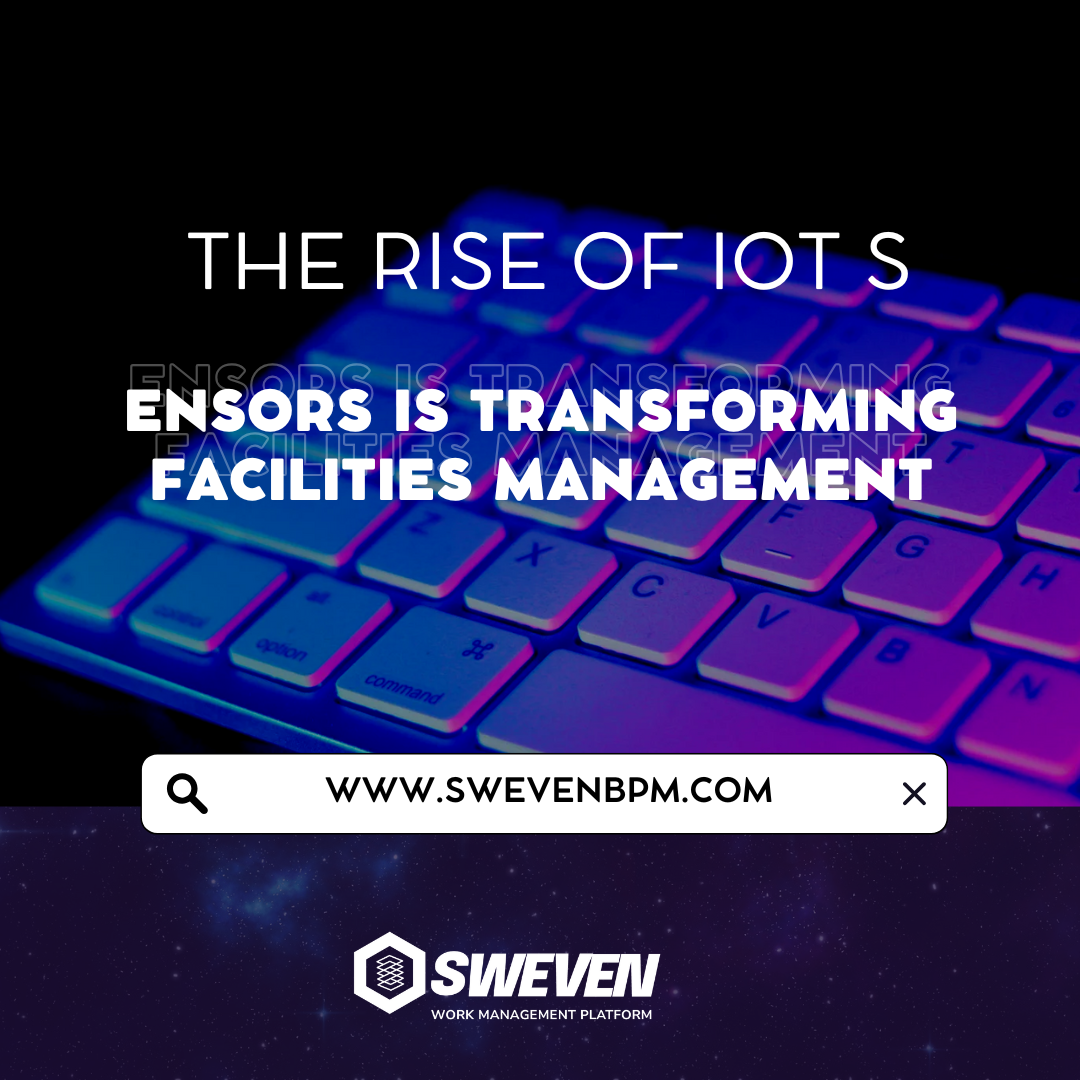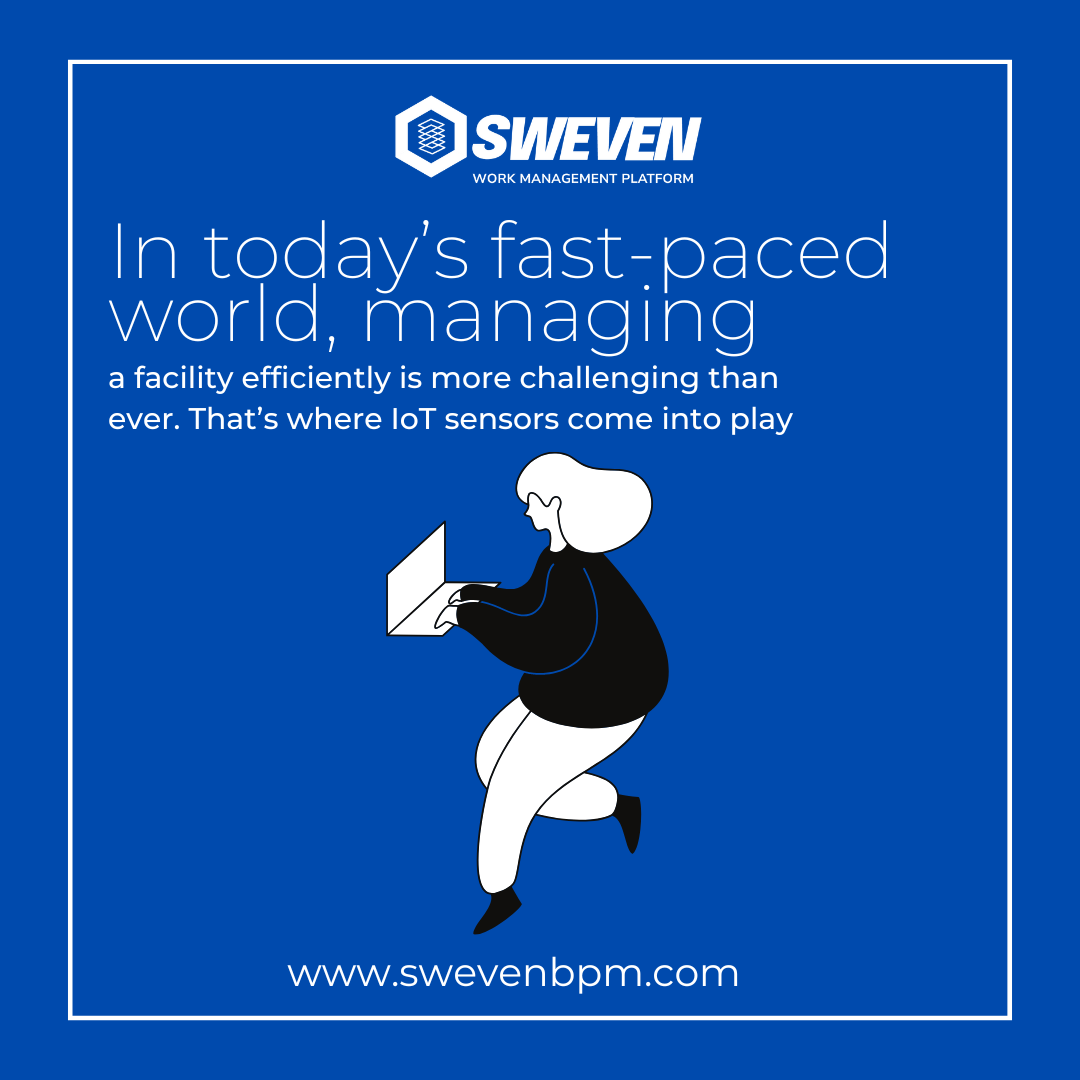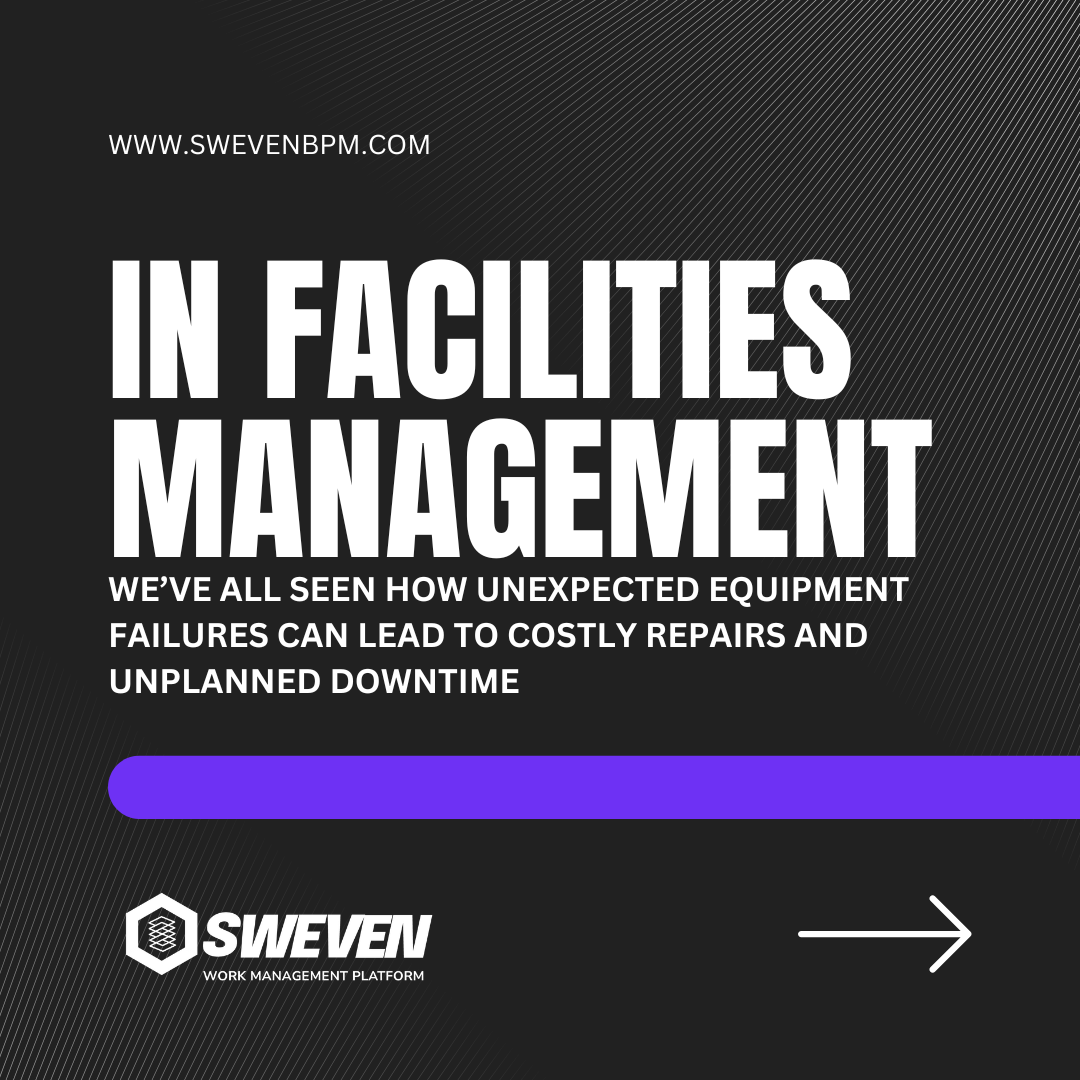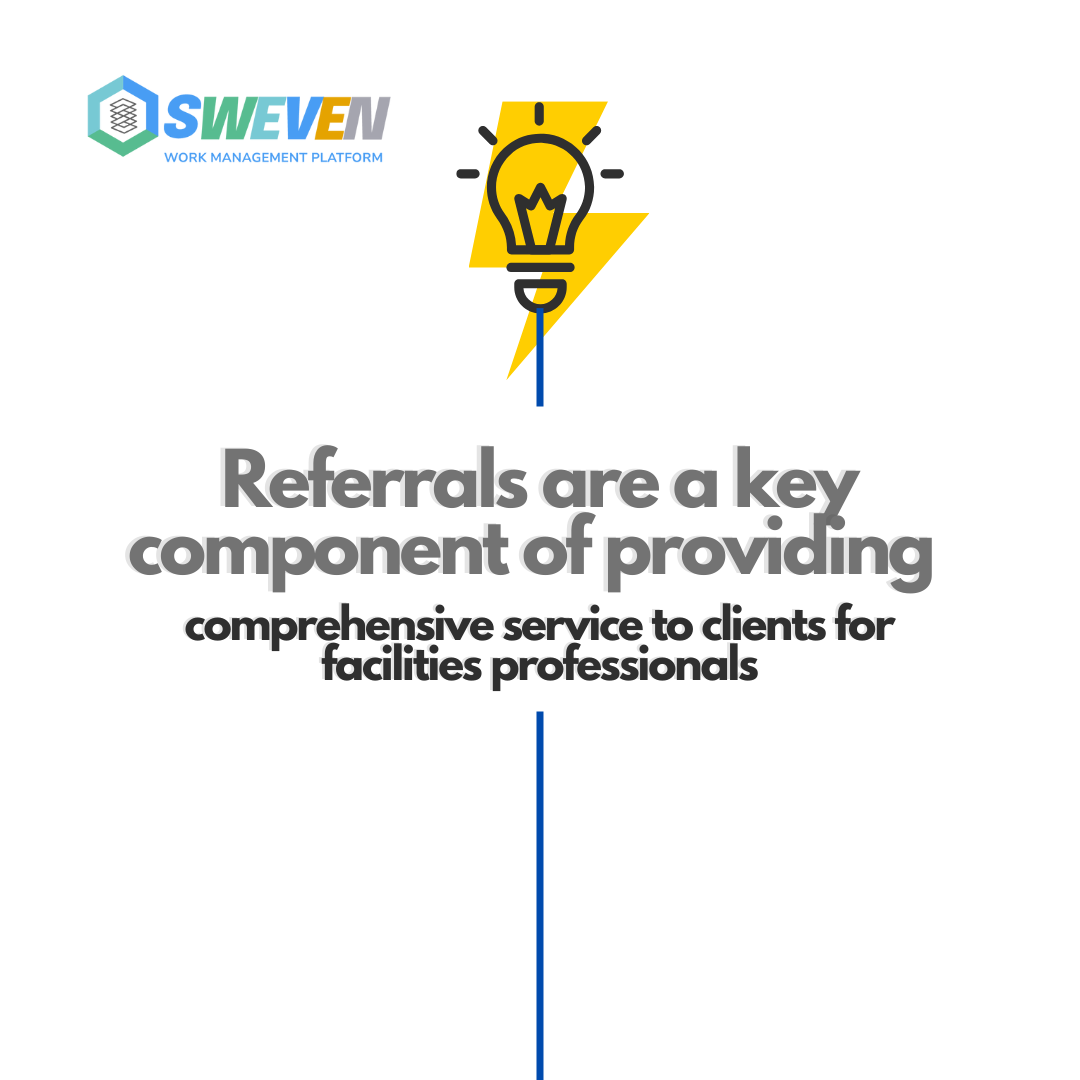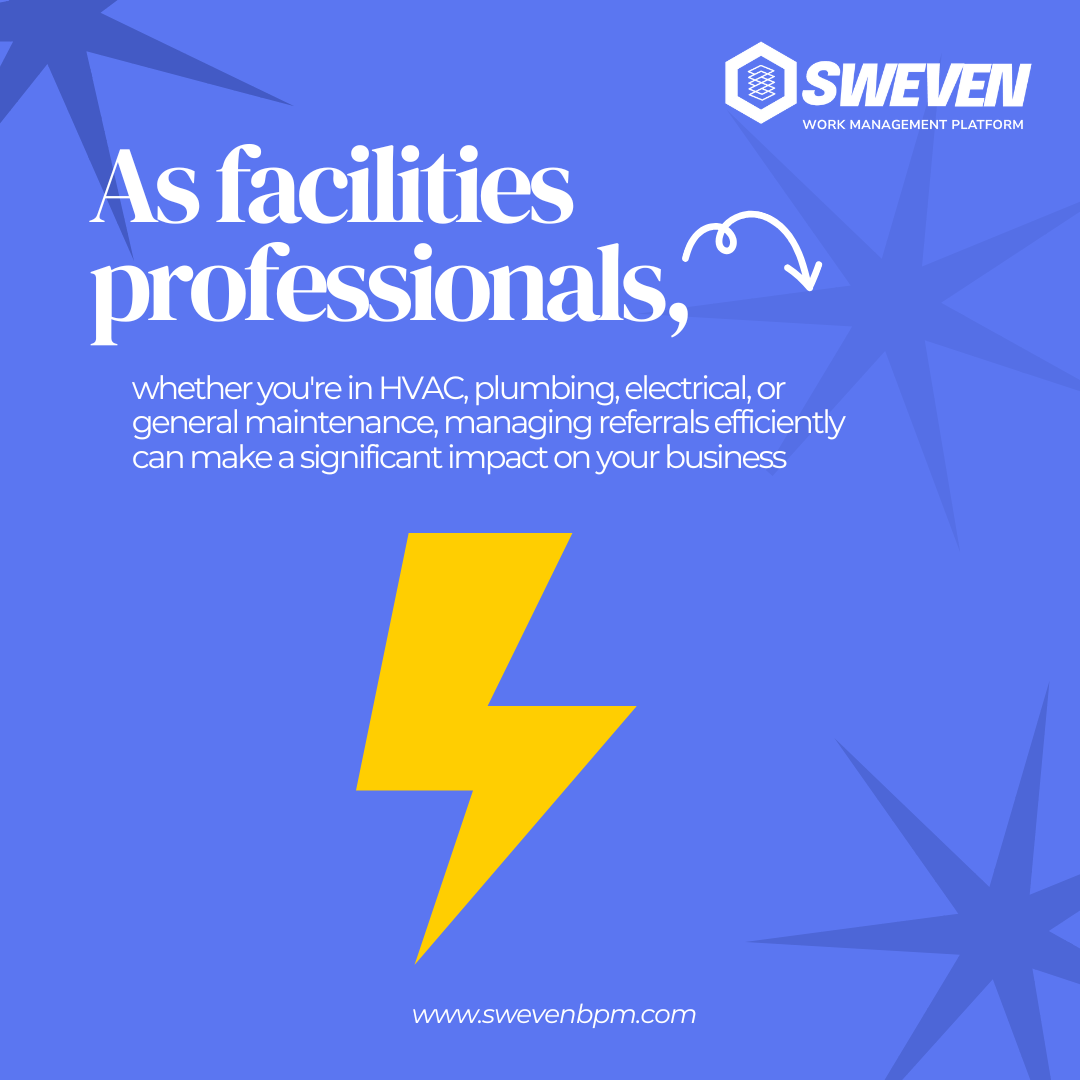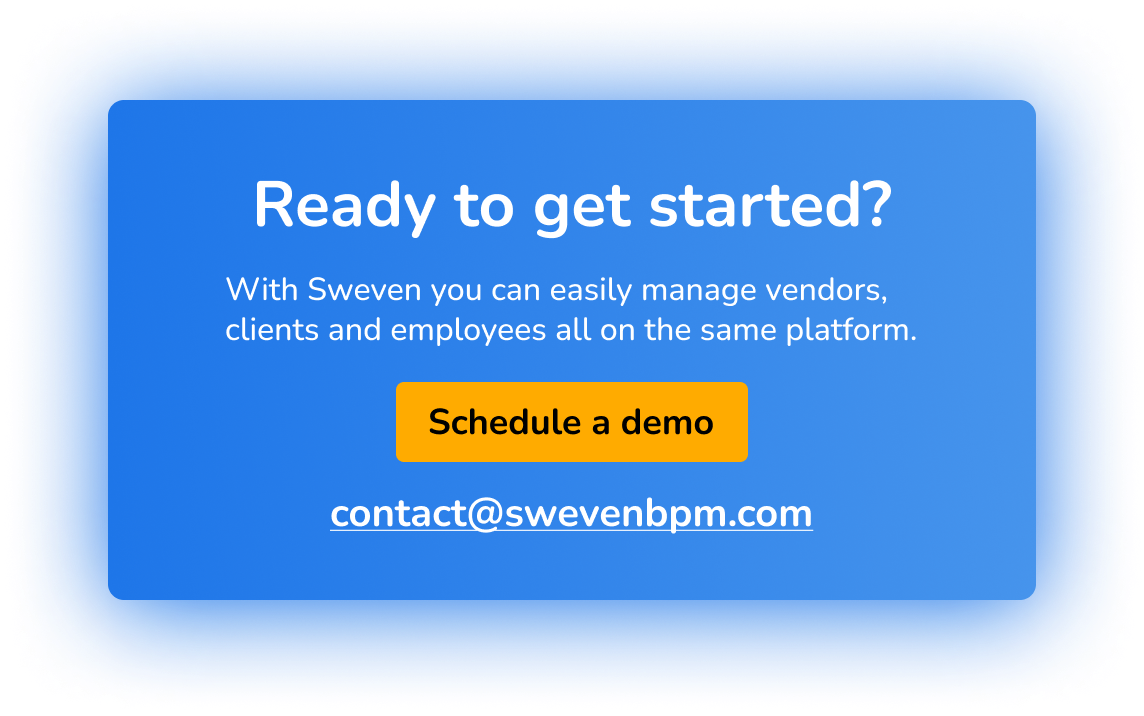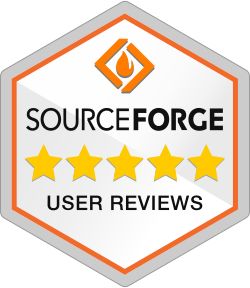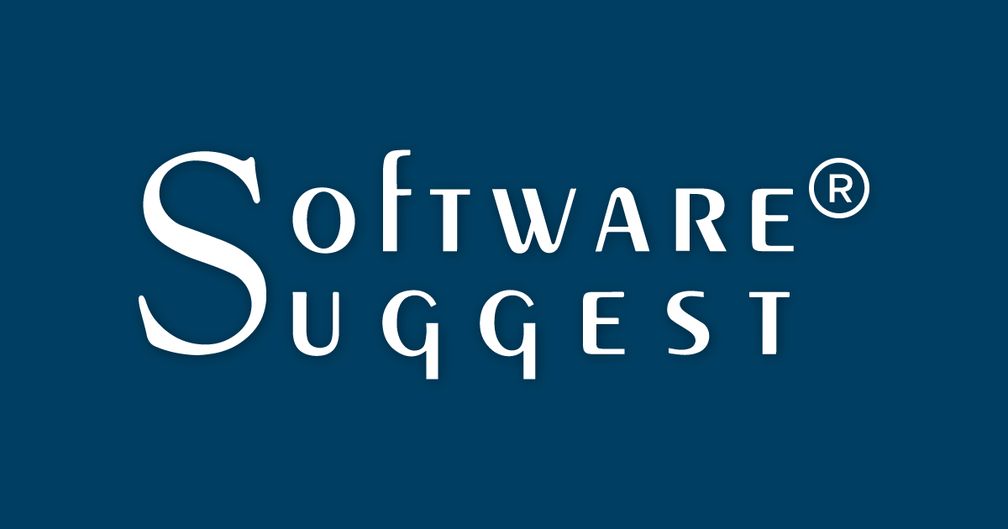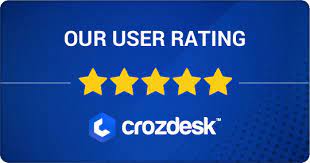Maintaining compliance with regulatory standards is a critical aspect of facilities maintenance, ensuring the safety, health, and wellbeing of employees and the public. However, staying compliant with ever-evolving legal and safety standards can be a complex and challenging task. The constant changes in regulations, coupled with the need for meticulous record-keeping and regular audits, can strain resources and complicate operations. The solution lies in leveraging compliance management software to streamline these processes, track regulatory changes, conduct regular audits, and maintain detailed records of maintenance activities.

Understanding the Pain Point: Difficulty in Staying Compliant with Evolving Legal and Safety Standards
Facilities maintenance involves adhering to numerous regulatory standards set by various agencies, which cover areas such as workplace safety, environmental protection, and building codes. The key challenges in maintaining compliance include:
- Frequent Regulatory Changes: Regulations are constantly updated, requiring organizations to stay informed and adjust their practices accordingly.
- Complex Requirements: Compliance often involves intricate and detailed requirements that can be difficult to interpret and implement correctly.
- Record-Keeping: Maintaining detailed and accurate records of all maintenance activities is essential for demonstrating compliance during inspections and audits.
- Resource Constraints: Compliance efforts require significant time and resources, which can strain smaller organizations or those with limited budgets.
Risk of Non-Compliance: Failure to comply with regulations can result in fines, legal penalties, and reputational damage, making compliance a high-stakes priority.

Solution: Utilizing Compliance Management Software
Compliance management software provides a comprehensive solution to the challenges of staying compliant with regulatory standards in facilities maintenance. This technology streamlines compliance efforts by automating processes, tracking regulatory changes, and facilitating thorough record-keeping and audits.
Tracking Regulatory Changes
One of the primary functions of compliance management software is to keep organizations informed about the latest regulatory changes.
- Automated Updates: The software can automatically update organizations about new or amended regulations, ensuring they are always aware of the current standards.
- Regulatory Database: Maintain a centralized database of relevant regulations and standards, making it easy for staff to access and reference.
- Compliance Alerts: Set up alerts to notify relevant personnel of changes that require immediate attention or action.
Conducting Regular Audits
Regular audits are essential for verifying compliance and identifying areas for improvement. Compliance management software facilitates efficient and thorough audits.
- Audit Scheduling: Schedule regular internal audits to review compliance status and prepare for external inspections.
- Audit Checklists: Use customizable checklists to ensure all regulatory requirements are covered during audits.
- Documentation and Reporting: Generate detailed audit reports that document findings, corrective actions, and compliance status.
Maintaining Detailed Records of Maintenance Activities
Accurate record-keeping is crucial for demonstrating compliance and managing maintenance activities effectively.
- Activity Logs: Automatically log all maintenance activities, including details such as date, time, personnel involved, and specific tasks performed.
- Digital Records: Store records digitally to ensure they are easily accessible, secure, and protected from loss or damage.
- Historical Data: Maintain a historical record of all maintenance activities to provide a comprehensive view of compliance over time.
Benefits of Compliance Management Software
Implementing compliance management software offers numerous benefits for facilities maintenance:
- Increased Efficiency: Automating compliance processes reduces the time and effort required to manage regulatory requirements, allowing staff to focus on core tasks.
- Enhanced Accuracy: Minimize the risk of human error in tracking and documenting compliance efforts, ensuring accurate and reliable records.
- Proactive Compliance: Stay ahead of regulatory changes and ensure continuous compliance, reducing the risk of penalties and legal issues.
- Improved Accountability: Assign specific compliance tasks and responsibilities to individuals, improving accountability and ensuring that nothing is overlooked.
Better Decision-Making: Access to detailed compliance data supports informed decision-making and strategic planning, helping organizations optimize their maintenance operations.

Conclusion
Navigating the complex landscape of legal and safety requirements in facilities maintenance can be daunting, but it is a critical responsibility that cannot be overlooked. By leveraging compliance management software, organizations can streamline their compliance efforts, stay informed about regulatory changes, conduct thorough audits, and maintain accurate records of maintenance activities.
The adoption of compliance management software not only simplifies the process of staying compliant but also enhances operational efficiency, reduces the risk of non-compliance, and supports better decision-making. In a world where regulations are continually evolving, having the right tools to manage compliance is essential for ensuring the safety, health, and wellbeing of all stakeholders.
Embracing compliance management technology is a strategic move that positions organizations for long-term success, allowing them to navigate the complexities of regulatory standards with confidence and ease.
